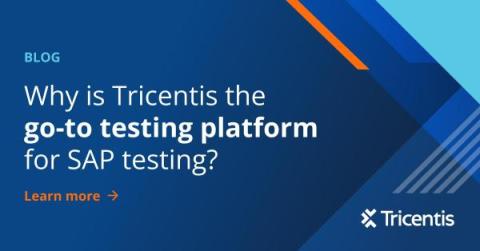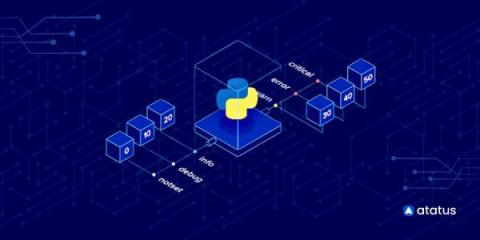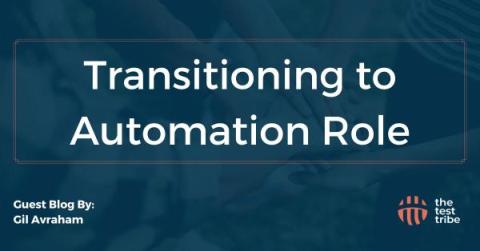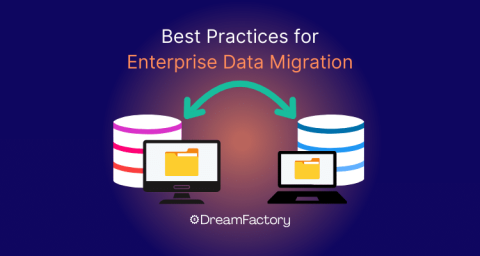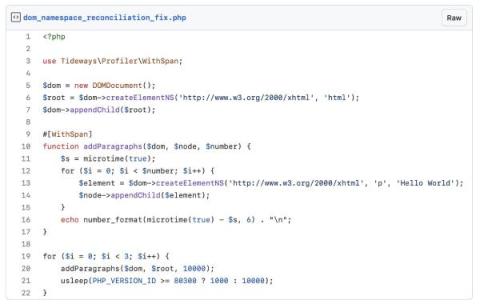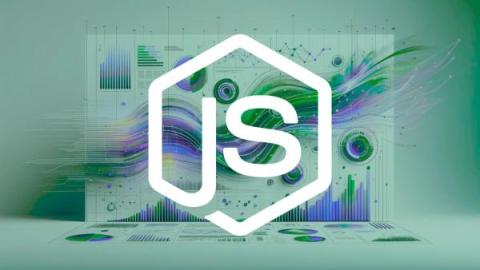A comprehensive guide to PHP file operations
Everything you do when using computers is related to files and folders. The browser you're using to view this webpage is a file on your device, and this webpage is a file on this website's server, which means everything is a file one way or another. In this article, you will learn everything you need to know to build files and folder-related features in your PHP applications.




